Are you dreaming of soaring through the skies but concerned about the costs of owning a plane? SIXT.VN understands the allure of personal aviation and offers tailored travel solutions in Vietnam. Let’s explore the most affordable light aircraft, helping you achieve your aviation dreams and enjoy the freedom of travel, perhaps even with a helicopter charter for a unique perspective.
1. What is a “Avion de Tourisme” (Light Aircraft)?
A “Avion De Tourisme,” or light aircraft, is a small airplane designed for personal or recreational use. These aircraft are typically single-engine or twin-engine planes, known for their affordability, ease of operation, and suitability for short to medium-distance flights. Light aircraft provide pilots and passengers with an accessible entry point to aviation, offering a blend of practicality and enjoyment for various travel and recreational activities.
Light aircraft serve various purposes, including:
- Recreational Flying: Enjoying the thrill of flight and exploring scenic landscapes.
- Personal Transportation: Traveling to destinations more efficiently than driving.
- Flight Training: Learning the fundamentals of aviation and earning pilot certifications.
- Aerial Photography and Surveying: Capturing aerial images and collecting data for mapping and analysis.
The benefits of using light aircraft include:
- Cost-Effectiveness: Lower purchase and operating costs compared to larger aircraft.
- Accessibility: Easier to operate and maintain, making them suitable for private owners and small flight schools.
- Flexibility: Access to smaller airfields and remote locations, enhancing travel options.
- Personal Enjoyment: Providing a unique and rewarding flying experience for pilots and passengers.
1.1. Why Consider Owning a Light Aircraft?
Owning a light aircraft offers unparalleled freedom and flexibility, enabling you to travel on your schedule and access destinations that commercial airlines don’t serve. Beyond the practical advantages, it’s an exhilarating experience that combines the thrill of aviation with the convenience of personal transportation. For example, instead of enduring long drives or layovers when visiting Vietnam, you can use SIXT.VN to arrange private transportation to and from your destinations.
According to the General Aviation Manufacturers Association (GAMA), personal flying accounts for a significant portion of general aviation activities, underscoring the enduring appeal of owning and flying light aircraft. Owning a light aircraft means:
- Convenience: Travel directly to your destination, avoiding crowded airports and inflexible schedules.
- Time Savings: Reach remote locations quickly and efficiently, maximizing your leisure or business time.
- Personal Fulfillment: Experience the joy of flying and the satisfaction of mastering a challenging skill.
- Business Opportunities: Utilize your aircraft for client visits, site inspections, or aerial surveys, enhancing your professional capabilities.
1.2. Who is the Ideal Owner of a Light Aircraft?
The ideal owner of a light aircraft is someone who values freedom, efficiency, and the unique experience of personal flight. This could include:
- Business Professionals: Entrepreneurs and executives who need to travel frequently to remote locations or manage multiple business sites.
- Recreational Pilots: Aviation enthusiasts who enjoy flying for leisure, exploring new destinations, and participating in aviation events.
- Flight Instructors: Certified instructors who use their aircraft for training students and building flight hours.
- Rural Residents: Individuals living in remote areas where air travel provides a convenient and reliable transportation option.
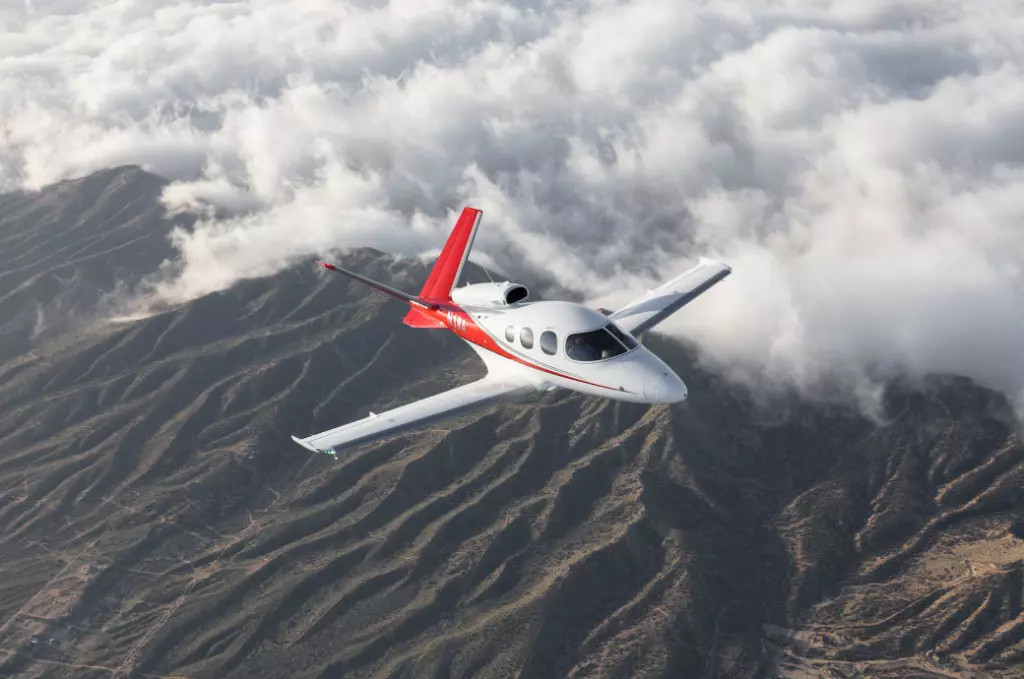 Light aircraft ideal for business professionals
Light aircraft ideal for business professionals
2. What are the Key Factors Affecting Light Aircraft Affordability?
When evaluating the affordability of light aircraft, consider the following key factors to make an informed decision:
- Purchase Price: The initial cost of the aircraft, which varies widely based on the model, age, and condition.
- Operating Costs: Ongoing expenses such as fuel, maintenance, insurance, and hangar fees.
- Depreciation: The decrease in value of the aircraft over time, which impacts long-term ownership costs.
- Financing Options: Availability of loans and leasing programs to help manage the upfront investment.
- Resale Value: The potential return on investment when selling the aircraft, influencing the total cost of ownership.
These factors significantly influence the overall cost of owning and operating a light aircraft.
2.1. Initial Purchase Price vs. Long-Term Costs
The initial purchase price is just the tip of the iceberg when it comes to aircraft ownership. While a lower initial cost might seem appealing, it’s crucial to consider the long-term expenses that can significantly impact affordability. Factor in costs such as fuel, maintenance, insurance, hangar fees, and potential repairs.
- Fuel Costs: Fuel consumption varies by aircraft model and engine type. Research the average fuel burn per hour for your chosen aircraft.
- Maintenance Costs: Regular maintenance, inspections, and potential repairs can add up. Look for models with a reputation for reliability.
- Insurance Costs: Premiums depend on factors like pilot experience, aircraft value, and coverage limits. Shop around for the best rates.
- Hangar Fees: Storing your aircraft in a hangar protects it from the elements, but comes with monthly or annual fees.
- Depreciation: The value of your aircraft will decrease over time. Consider how depreciation will affect your long-term investment.
According to a study by the Aircraft Owners and Pilots Association (AOPA), the total cost of owning an aircraft can be two to three times the initial purchase price over a 10-year period.
2.2. The Impact of Maintenance and Fuel Efficiency
Maintenance and fuel efficiency are two critical factors that can make or break the affordability of light aircraft ownership. Poor maintenance can lead to costly repairs and downtime, while inefficient fuel consumption can drain your budget.
- Regular Maintenance: Follow the manufacturer’s recommended maintenance schedule to prevent major issues.
- Pre-Purchase Inspection: Have a qualified mechanic conduct a thorough inspection before buying an aircraft.
- Engine Efficiency: Choose aircraft with fuel-efficient engines to minimize operating costs.
- Aerodynamic Design: Opt for models with aerodynamic designs that reduce drag and improve fuel economy.
SIXT.VN not only provides convenient transportation options but also offers expert advice on travel planning, ensuring your journey is smooth and cost-effective.
2.3. Fixed vs. Variable Costs: What to Expect
Understanding the difference between fixed and variable costs is essential for budgeting and financial planning.
Fixed Costs:
- Hangar Fees: Monthly or annual fees for aircraft storage.
- Insurance Premiums: Annual payments for aircraft insurance coverage.
- Loan Payments: Monthly payments for aircraft financing.
- Annual Inspections: Required inspections to maintain airworthiness.
Variable Costs:
- Fuel Costs: Expenses vary depending on flight frequency and duration.
- Maintenance and Repairs: Costs fluctuate based on aircraft usage and condition.
- Landing Fees: Charges for landing at airports.
- Pilot Training and Recertification: Expenses for maintaining pilot proficiency.
According to research from Embry-Riddle Aeronautical University, fixed costs typically account for 60-70% of total aircraft ownership expenses, while variable costs make up the remaining 30-40%.
3. What Are Some Affordable Light Aircraft Models?
Here are some of the most affordable light aircraft models:
- Cessna 150/152: A classic trainer known for its simplicity and low operating costs.
- Piper Cherokee: A reliable and versatile aircraft suitable for personal flying and training.
- Cessna 172 Skyhawk: The most popular general aviation aircraft, offering a good balance of performance and affordability.
- American Champion Citabria: A tailwheel aircraft providing a fun and challenging flying experience.
- Beechcraft Skipper: A two-seat trainer known for its docile handling characteristics.
These models offer a range of options for pilots seeking affordable entry into aircraft ownership.
3.1. Cessna 150/152: The Quintessential Trainer
The Cessna 150 and 152 are legendary training aircraft cherished for their simplicity, reliability, and affordability. These two-seat, high-wing airplanes have introduced countless pilots to the world of aviation.
- Affordability: Low purchase price and operating costs make them ideal for budget-conscious pilots.
- Simplicity: Easy-to-understand systems and controls simplify the learning process.
- Reliability: Robust construction and dependable engines minimize maintenance issues.
- Availability: Abundant supply of used aircraft ensures easy access to parts and support.
According to data from the FAA, the Cessna 150/152 has the lowest accident rate among training aircraft, highlighting its safety and forgiving flight characteristics.
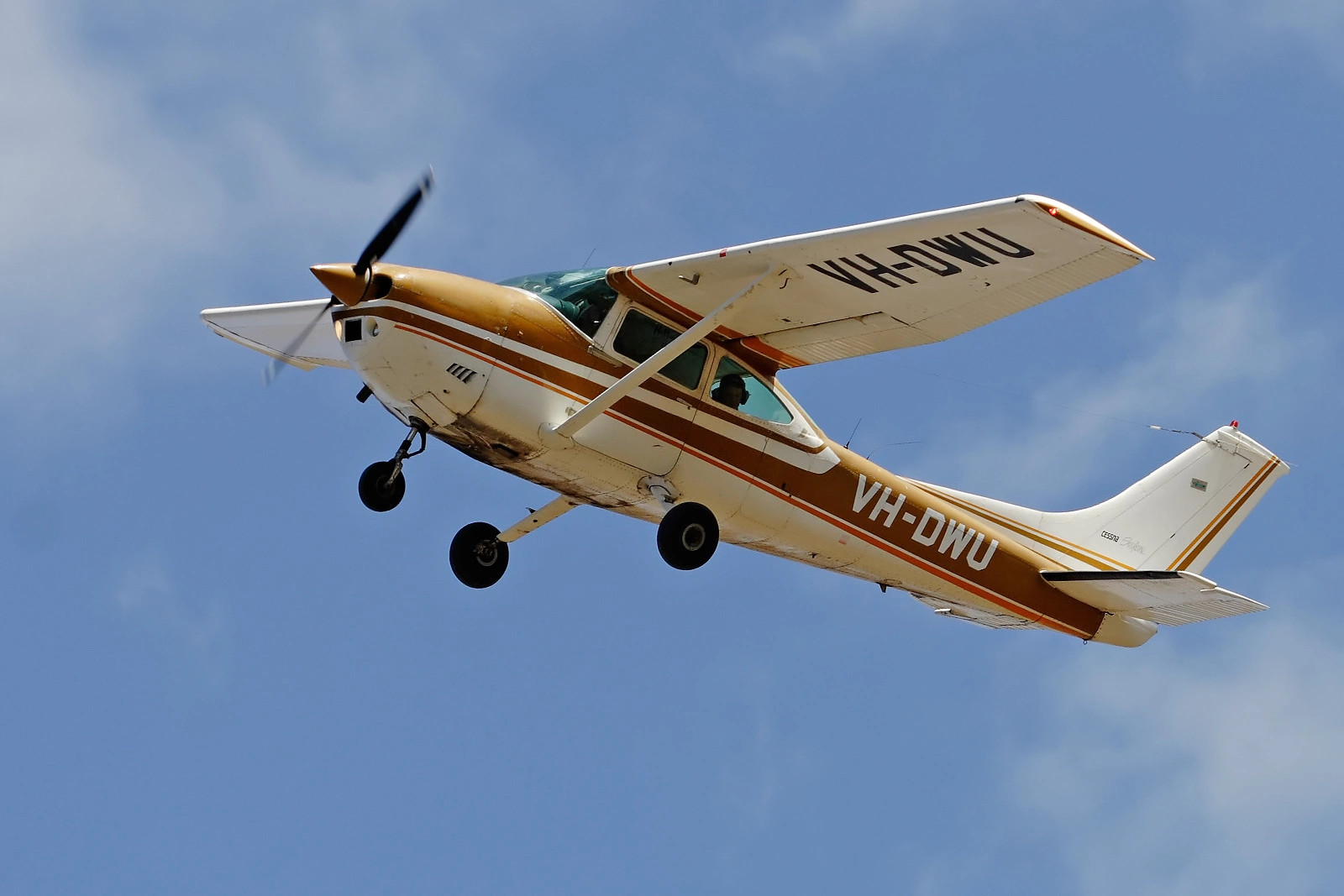 Cessna 150 is a quintessential trainer
Cessna 150 is a quintessential trainer
3.2. Piper Cherokee: A Versatile Workhorse
The Piper Cherokee is a versatile and dependable aircraft that has earned its reputation as a true aviation workhorse. Available in various models with different engine options and configurations, the Cherokee offers a range of capabilities for personal flying, training, and light utility work.
- Versatility: Suitable for a wide range of missions, from short recreational flights to longer cross-country trips.
- Durability: Rugged construction and reliable systems ensure long-term durability.
- Comfort: Spacious cabin and comfortable seating enhance the flying experience.
- Affordability: Competitive pricing and reasonable operating costs make it an attractive option for many pilots.
A survey by Piper Owner Society found that Cherokee owners appreciate the aircraft’s reliability, ease of maintenance, and overall value for money.
3.3. Cessna 172 Skyhawk: The World’s Most Popular Aircraft
The Cessna 172 Skyhawk is the most successful and widely produced aircraft in aviation history. With over 44,000 built since its introduction in 1956, the Skyhawk has become synonymous with general aviation.
- Popularity: Widespread use ensures excellent availability of parts, service, and support.
- Performance: Good balance of speed, range, and payload capacity.
- Comfort: Spacious cabin and comfortable seating make it ideal for longer flights.
- Resale Value: Strong resale value due to its popularity and reputation.
According to Cessna Aircraft Company, the Skyhawk has logged over 250 million flight hours, demonstrating its reliability and longevity.
3.4. Diamond DA40: Modern Efficiency and Safety
The Diamond DA40 stands out as a modern, efficient, and safe aircraft, popular among flight schools and private owners. Its composite construction and advanced avionics make it a compelling choice in the light aircraft market.
- Efficiency: Fuel-efficient engine and aerodynamic design result in lower operating costs.
- Safety: Advanced safety features, including composite construction and Garmin G1000 avionics.
- Modern Design: Sleek, contemporary design appeals to pilots seeking a modern flying experience.
- Comfort: Comfortable cabin with excellent visibility.
With a cruise speed of around 150 knots and a range of over 700 nautical miles, the DA40 offers a great balance of performance and efficiency.
3.5. Piper PA-28-161 Warrior: A Reliable Trainer and Personal Airplane
The Piper PA-28-161 Warrior is another excellent option for those looking for an affordable and reliable aircraft. As a member of the Piper Cherokee family, the Warrior shares many of the same benefits, including ease of maintenance and a robust design.
- Reliability: Proven track record in flight training and personal use.
- Affordability: Lower purchase and operating costs make it an attractive option.
- Ease of Handling: Stable and forgiving flight characteristics.
- Availability: A good supply of used models ensures parts and support are readily available.
The Warrior is known for its straightforward systems and docile handling, making it an excellent choice for new pilots.
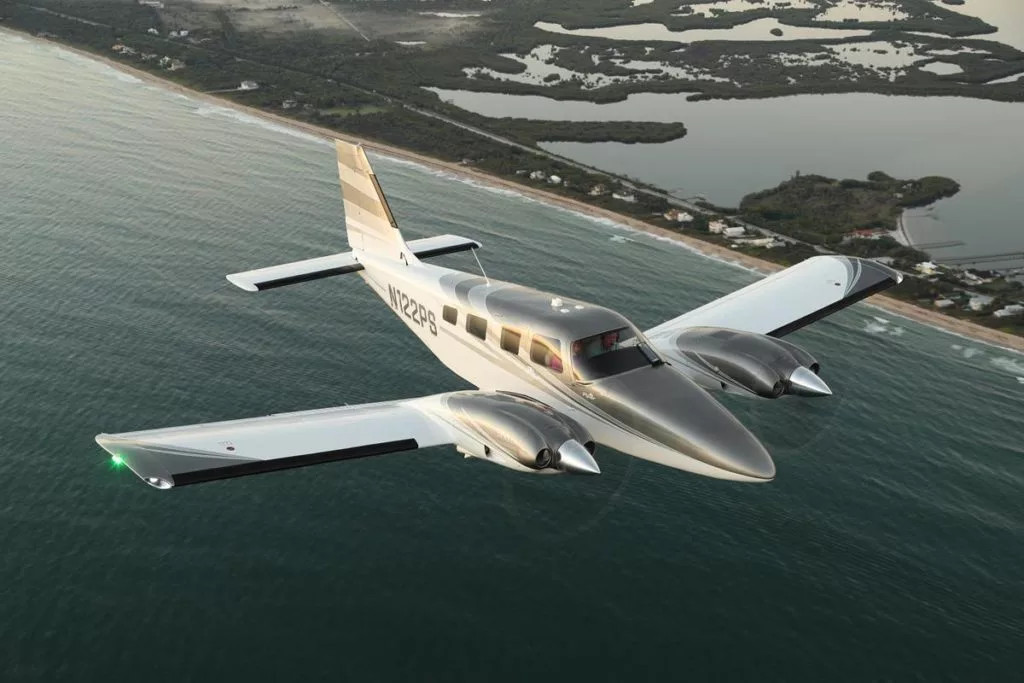 Piper PA-28-161 Warrior is a reliable trainer
Piper PA-28-161 Warrior is a reliable trainer
4. How Can SIXT.VN Enhance Your Aviation Experience in Vietnam?
SIXT.VN offers a comprehensive suite of services to enhance your aviation experience in Vietnam, making your journey seamless and enjoyable. From airport transfers to personalized travel itineraries, SIXT.VN caters to your every need, ensuring a stress-free adventure.
- Airport Transfers: Reliable and comfortable transportation from the airport to your hotel or other destinations.
- Hotel Bookings: Assistance with finding and booking accommodations that suit your preferences and budget.
- Tour Packages: Curated tour packages that showcase the best of Vietnam, from bustling cities to serene countryside.
- Travel Advice: Expert advice on local customs, attractions, and travel logistics.
With SIXT.VN, you can focus on enjoying your flight and exploring Vietnam without worrying about the details.
4.1. Airport Transfer Services for Light Aircraft Owners
Navigating airports can be challenging, especially when you’re traveling with your light aircraft. SIXT.VN provides dedicated airport transfer services to ensure a smooth transition from the tarmac to your final destination.
- Meet and Greet: A friendly representative will meet you upon arrival, assist with your luggage, and escort you to your transportation.
- Private Transportation: Choose from a range of vehicles, including sedans, SUVs, and vans, to suit your needs.
- Timely Service: Punctual and reliable service ensures you reach your destination on time.
- Local Expertise: Knowledgeable drivers can provide insights into local attractions and transportation options.
According to a survey by Airports Council International, efficient airport transfers are a key factor in passenger satisfaction, highlighting the importance of reliable transportation services.
4.2. Customized Travel Itineraries for Aviation Enthusiasts
SIXT.VN specializes in creating customized travel itineraries for aviation enthusiasts, offering unique experiences tailored to your interests and preferences.
- Scenic Flights: Arrange scenic flights over Vietnam’s stunning landscapes, including Ha Long Bay, the Mekong Delta, and the Central Highlands.
- Aviation Museums: Visit aviation museums and historical sites to learn about Vietnam’s aviation history.
- Flight Training: Enroll in flight training courses to enhance your skills and knowledge.
- Airshows and Events: Attend airshows and aviation events to witness spectacular aerial displays.
With SIXT.VN, you can design a travel itinerary that combines your passion for aviation with the beauty and culture of Vietnam.
4.3. Integrating Light Aircraft Travel with Local Tourism
Combining light aircraft travel with local tourism opens up a world of possibilities for exploring Vietnam’s hidden gems and experiencing its rich culture.
- Remote Destinations: Access remote destinations that are inaccessible by commercial airlines or ground transportation.
- Cultural Immersion: Visit local villages, markets, and historical sites to immerse yourself in Vietnamese culture.
- Adventure Activities: Engage in adventure activities such as hiking, kayaking, and rock climbing in scenic locations.
- Local Cuisine: Sample authentic Vietnamese cuisine at local restaurants and food stalls.
By integrating light aircraft travel with local tourism, you can create unforgettable memories and gain a deeper appreciation for Vietnam’s diverse offerings.
5. What Are Some Tips for Reducing Light Aircraft Ownership Costs?
Owning a light aircraft can be a rewarding experience, but it’s essential to manage costs effectively to ensure long-term affordability. Here are some tips for reducing light aircraft ownership expenses:
- Buy Used: Purchase a well-maintained used aircraft instead of a new one to save on the initial purchase price.
- Share Ownership: Partner with other pilots to share the costs of ownership.
- Perform Owner-Assisted Maintenance: Save on labor costs by performing certain maintenance tasks yourself (with proper training and supervision).
- Shop Around for Insurance: Compare insurance quotes from different providers to find the best rates.
- Optimize Fuel Consumption: Fly efficiently by using proper techniques and planning routes carefully.
By implementing these strategies, you can significantly reduce the financial burden of aircraft ownership.
5.1. Buying Used vs. New: Making the Smart Choice
Choosing between buying a used or new aircraft is a crucial decision that can significantly impact your budget. While a new aircraft offers the latest technology and a fresh warranty, a used aircraft can provide substantial savings.
- Depreciation: New aircraft depreciate rapidly in the first few years, while used aircraft have already undergone the steepest depreciation.
- Purchase Price: Used aircraft typically cost significantly less than new aircraft.
- Customization: Used aircraft can be customized to your preferences at a lower cost.
- Maintenance History: Thoroughly inspect the maintenance history of a used aircraft to ensure it has been well-maintained.
According to a study by Vref Aircraft Value Guide, a five-year-old aircraft can cost 20-30% less than a new one, making it an attractive option for budget-conscious buyers.
5.2. Exploring Shared Ownership and Flying Clubs
Shared ownership and flying clubs offer an affordable way to enjoy the benefits of aircraft ownership without bearing the full financial burden.
- Shared Costs: Split the costs of purchase, maintenance, and insurance with other members.
- Access to Aircraft: Gain access to a well-maintained aircraft without the responsibilities of sole ownership.
- Community: Connect with other aviation enthusiasts and share your passion for flying.
- Flexibility: Choose a membership plan that suits your flying needs and budget.
According to the National Association of Flight Instructors (NAFI), flying clubs are an excellent way for pilots to build flight hours, maintain proficiency, and enjoy the camaraderie of fellow aviators.
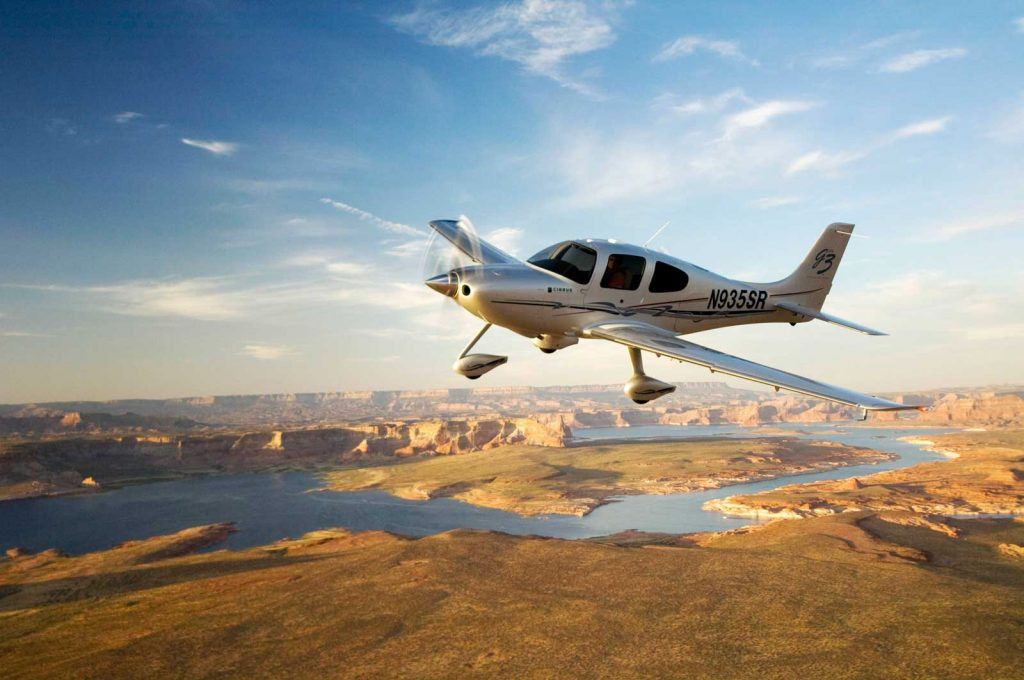 Shared ownership helps reduce aircraft costs
Shared ownership helps reduce aircraft costs
5.3. Owner-Performed Maintenance: Saving Money Safely
Performing certain maintenance tasks yourself can save you money on labor costs, but it’s crucial to do so safely and legally.
- FAA Regulations: Understand the FAA regulations regarding owner-performed maintenance.
- Training: Receive proper training and supervision from a qualified mechanic.
- Scope of Work: Limit your work to tasks that you are qualified to perform safely.
- Documentation: Keep detailed records of all maintenance work performed.
According to the FAA, owner-performed maintenance can significantly reduce aircraft operating costs, but it’s essential to prioritize safety and follow regulations.
6. What Are the Regulatory and Legal Aspects of Owning a Light Aircraft?
Owning a light aircraft involves navigating a complex web of regulatory and legal requirements. Understanding these aspects is crucial for ensuring compliance and avoiding potential penalties.
- FAA Registration: Register your aircraft with the FAA and obtain an N-number.
- Airworthiness Certificate: Maintain a valid airworthiness certificate by complying with inspection and maintenance requirements.
- Pilot Certification: Obtain and maintain a valid pilot certificate with appropriate ratings.
- Insurance Coverage: Carry adequate insurance coverage to protect yourself from liability.
- Operating Regulations: Comply with all applicable operating regulations, including airspace restrictions, altitude limitations, and weather requirements.
These regulatory and legal aspects are essential for safe and legal aircraft ownership.
6.1. FAA Regulations and Compliance
The FAA (Federal Aviation Administration) sets the standards for aviation in the United States. Compliance with FAA regulations is crucial for maintaining the airworthiness of your aircraft and the validity of your pilot certificate.
- Airworthiness Directives (ADs): Comply with all applicable ADs issued by the FAA.
- Inspections: Conduct regular inspections as required by the FAA.
- Maintenance Records: Maintain accurate and complete maintenance records.
- Pilot Proficiency: Stay proficient by completing regular flight reviews and training.
According to the FAA, compliance with regulations is essential for ensuring aviation safety and preventing accidents.
6.2. Insurance Requirements for Light Aircraft Owners
Adequate insurance coverage is essential for protecting yourself from financial liability in the event of an accident or incident.
- Liability Coverage: Protect yourself from liability for bodily injury or property damage.
- Hull Coverage: Cover the cost of repairing or replacing your aircraft in the event of damage.
- Medical Coverage: Provide coverage for medical expenses in the event of injury.
- Passenger Coverage: Cover passengers in your aircraft in the event of injury or death.
According to the AOPA, adequate insurance coverage is a crucial aspect of responsible aircraft ownership.
6.3. Legal Considerations for International Travel with Light Aircraft
Traveling internationally with your light aircraft requires careful planning and attention to legal considerations.
- Customs and Immigration: Comply with customs and immigration requirements in each country you visit.
- Permits and Visas: Obtain necessary permits and visas for yourself and your passengers.
- Aircraft Registration: Ensure your aircraft is properly registered in each country you visit.
- Airspace Restrictions: Understand and comply with airspace restrictions in each country you visit.
According to the International Civil Aviation Organization (ICAO), international air travel requires careful planning and compliance with local regulations to ensure safety and security.
7. What are the Insurance Requirements for Light Aircraft Owners?
Adequate insurance coverage is essential for protecting yourself from financial liability in the event of an accident or incident. Here’s what you need to know:
- Liability Coverage: Protects you from liability for bodily injury or property damage caused by your aircraft.
- Hull Coverage: Covers physical damage to your aircraft, whether in flight or on the ground.
- Medical Payments Coverage: Pays for medical expenses for you and your passengers in the event of an accident.
- Uninsured/Underinsured Coverage: Protects you if you’re involved in an accident with an uninsured or underinsured aircraft.
7.1. Key Factors Affecting Insurance Premiums
Several factors can affect the cost of your light aircraft insurance premiums:
- Pilot Experience: More experienced pilots typically receive lower rates.
- Aircraft Value: Higher-value aircraft will generally have higher premiums.
- Coverage Limits: Higher coverage limits will increase your premium.
- Aircraft Usage: Commercial use may result in higher premiums than personal use.
- Location: Premiums can vary based on the location where your aircraft is based.
7.2. Types of Coverage to Consider
When selecting insurance coverage for your light aircraft, consider the following types:
- Liability Coverage: Essential for protecting yourself from liability claims.
- Hull Coverage: Protects your investment in your aircraft.
- Medical Payments Coverage: Provides coverage for medical expenses.
- Uninsured/Underinsured Coverage: Offers protection in the event of an accident with an uninsured or underinsured aircraft.
Consult with an insurance professional to determine the appropriate coverage levels for your specific needs.
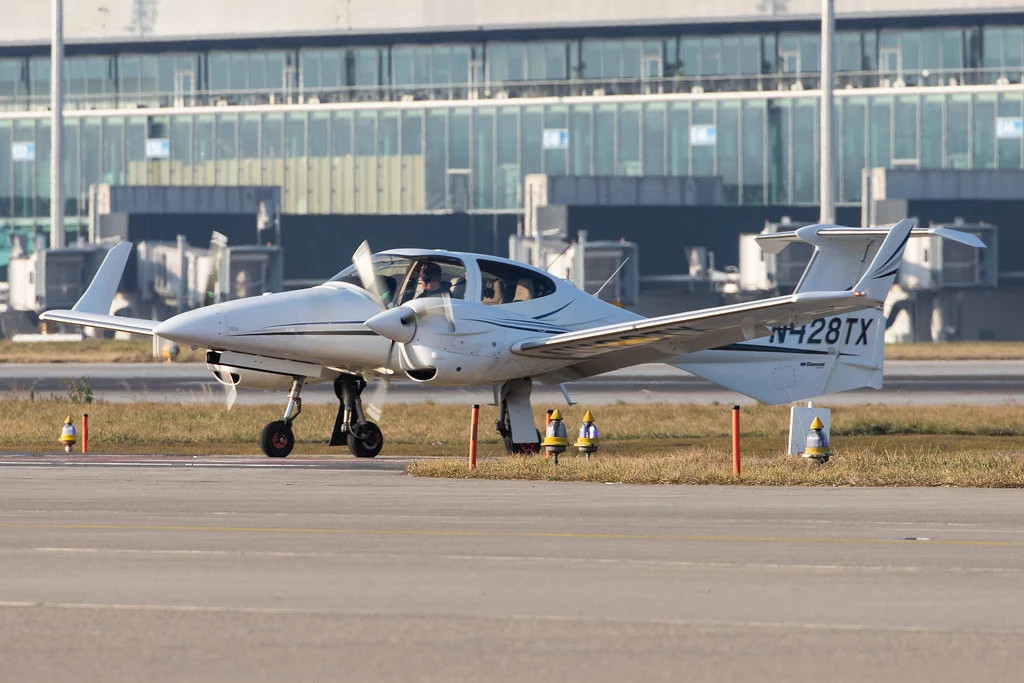 Affordable Light Aircraft Insurance
Affordable Light Aircraft Insurance
8. What Are the Ongoing Training and Proficiency Requirements?
Staying proficient and current as a pilot is not only essential for safety but also a regulatory requirement. Here’s what you need to know about ongoing training and proficiency:
- Biennial Flight Review (BFR): Required every two years to review regulations, procedures, and maneuvers.
- Medical Certificate: Maintain a valid medical certificate based on your pilot certificate.
- Recent Flight Experience: Maintain currency by logging the required number of takeoffs and landings within a specific timeframe.
- Instrument Proficiency: If you’re an instrument-rated pilot, maintain your proficiency through regular practice and instrument currency requirements.
8.1. Staying Current and Proficient as a Pilot
To stay current and proficient as a pilot, consider the following:
- Regular Flight Practice: Fly regularly to maintain your skills and proficiency.
- Advanced Training Courses: Take advanced training courses to enhance your knowledge and skills.
- Flight Simulator Practice: Use flight simulators to practice procedures and emergency scenarios.
- Attend Safety Seminars: Participate in safety seminars and workshops to stay informed about best practices.
8.2. Advanced Training Opportunities for Light Aircraft Pilots
Enhance your skills and knowledge with advanced training opportunities:
- Instrument Rating: Learn to fly in instrument meteorological conditions (IMC).
- Commercial Pilot Certificate: Pursue a career in aviation by obtaining a commercial pilot certificate.
- Multi-Engine Rating: Expand your capabilities by earning a multi-engine rating.
- Tailwheel Endorsement: Experience the unique challenges and rewards of flying tailwheel aircraft.
9. What Are the Environmental Considerations of Owning a Light Aircraft?
Owning a light aircraft also comes with environmental responsibilities. Here’s what you should consider:
- Fuel Efficiency: Choose fuel-efficient aircraft to minimize emissions and reduce fuel consumption.
- Noise Pollution: Be mindful of noise pollution, especially when flying near residential areas.
- Sustainable Practices: Implement sustainable practices, such as using environmentally friendly cleaning products.
- Carbon Offsetting: Consider carbon offsetting programs to mitigate the environmental impact of your flights.
9.1. Reducing the Environmental Impact of Light Aircraft Operations
Minimize the environmental impact of your light aircraft operations:
- Lean Engine Operations: Use lean engine operations to reduce fuel consumption and emissions.
- Efficient Flight Planning: Plan your flights efficiently to minimize fuel burn and flight time.
- Proper Maintenance: Ensure your aircraft is properly maintained to optimize performance and reduce emissions.
- Noise Abatement Procedures: Follow noise abatement procedures to minimize noise pollution near airports and residential areas.
9.2. Future Trends in Sustainable Aviation
Keep an eye on future trends in sustainable aviation:
- Electric Aircraft: Electric aircraft offer the potential for zero-emission flight.
- Alternative Fuels: Sustainable aviation fuels (SAF) can reduce the carbon footprint of aviation.
- Hybrid Propulsion Systems: Hybrid propulsion systems combine electric and combustion engines to improve fuel efficiency.
- Advanced Aerodynamics: Innovations in aerodynamics can reduce drag and improve fuel economy.
10. What are Some Commonly Asked Questions about Owning a Light Aircraft (FAQs)?
Here are some frequently asked questions about owning a light aircraft:
- What is the most affordable light aircraft to own? The Cessna 150/152 is often cited as one of the most affordable due to its low purchase price and operating costs.
- How much does it cost to maintain a light aircraft? Maintenance costs can vary widely depending on the aircraft, but you can expect to spend several thousand dollars per year on routine maintenance and inspections.
- Do I need insurance to own a light aircraft? Yes, insurance is essential to protect yourself from liability and cover damage to your aircraft.
- How often do I need to undergo flight training? You are required to complete a Biennial Flight Review (BFR) every two years to maintain your pilot currency.
- Can I perform maintenance on my own aircraft? Yes, but only certain tasks, and you must comply with FAA regulations and have the necessary training.
- What are the benefits of joining a flying club? Flying clubs offer an affordable way to access aircraft without the full responsibilities of ownership.
- How can I reduce the environmental impact of my flights? Choose fuel-efficient aircraft, use lean engine operations, and consider carbon offsetting programs.
- What are the legal requirements for owning a light aircraft? You must register your aircraft with the FAA, maintain a valid airworthiness certificate, and comply with all applicable regulations.
- How do shared ownership arrangements work? Shared ownership involves splitting the costs of purchase, maintenance, and insurance with other owners, providing access to the aircraft without the full financial burden.
- What are the potential tax benefits of owning a light aircraft? Consult with a tax professional to determine if you qualify for any tax benefits related to aircraft ownership.
SIXT.VN is committed to making your travel experience in Vietnam as seamless and enjoyable as possible. Contact us today to learn more about our services and how we can enhance your next aviation adventure.
Address: 260 Cau Giay, Hanoi, Vietnam.
Hotline/Whatsapp: +84 986 244 358.
Website: SIXT.VN.
Choosing the right “avion de tourisme” can be a fulfilling endeavor, combining the love for flying with affordable ownership. By considering factors like purchase price, operating costs, and maintenance, you can find an aircraft that suits your needs and budget. When planning your aviation-related travel in Vietnam, remember that SIXT.VN is here to provide comprehensive solutions for airport transfers, accommodations, and local tourism, ensuring a smooth and memorable experience. With the right preparation and support, you can take to the skies and enjoy the freedom of flight without breaking the bank.



